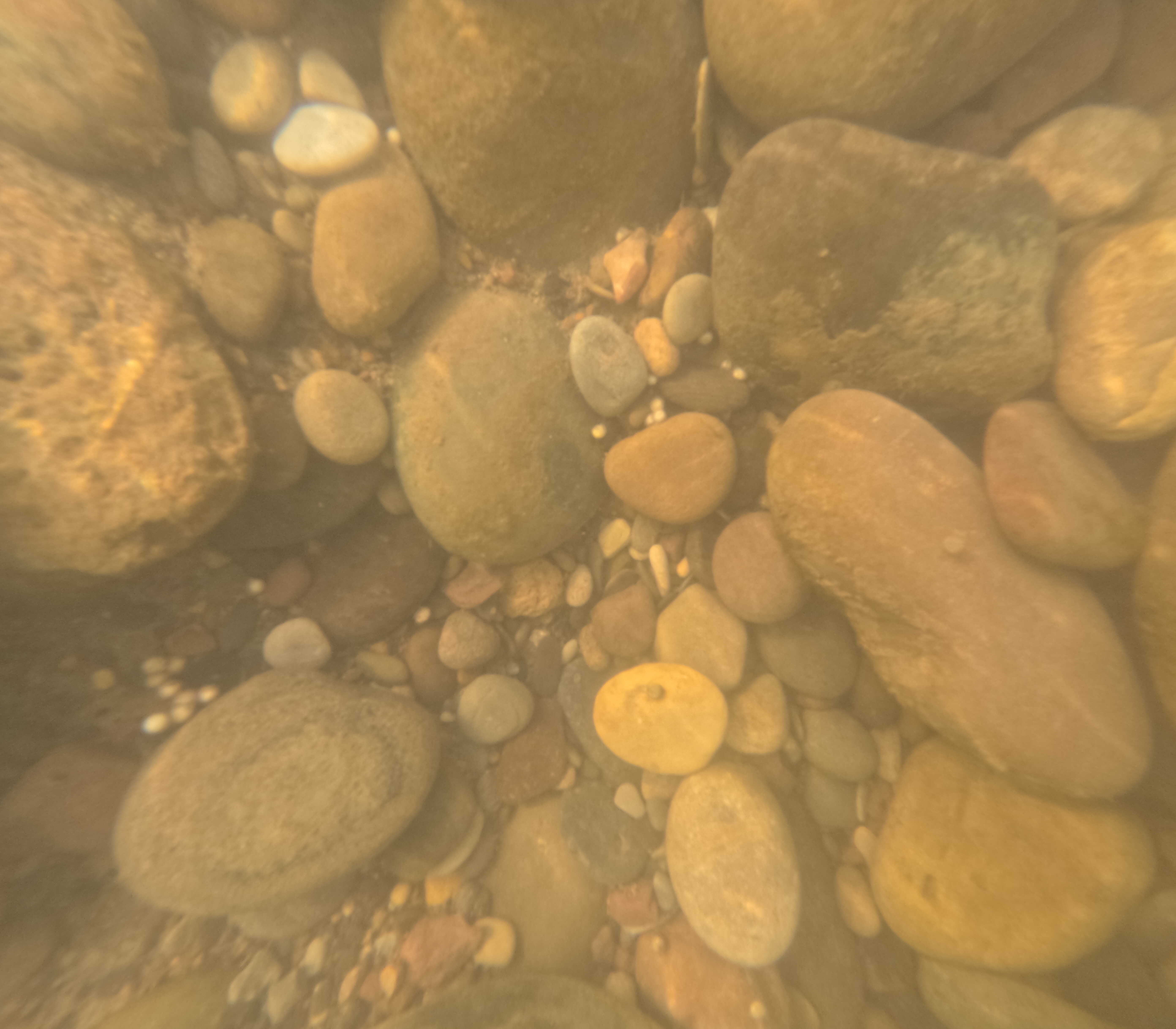Highlights
Critically Endangered Yangtze Sturgeon Successfully Reproduced in the Wild After Decades
In a major breakthrough for endangered species conservation, the critically endangered Yangtze sturgeon (Acipenser dabryanus) has successfully spawns and hatched naturally in the wild for the first time in over 25 years. This achievement comes just three years after the International Union for Conservation of Nature (IUCN) declared the species extinct in the wild in 2022, marking a potential turning point for its recovery.
The successful natural spawning occurred in the Chishui River, the only major first-order tributary of the upper Yangtze River without dams along its mainstream and an important part of the National Nature Reserve for Rare and Endemic Fishes in the Upper Reaches of the Yangtze River, which plays a crucial role in protecting rare and endangered fish species. The experiment was led by researchers from the Institute of Hydrobiology (IHB) of the Chinese Academy of Sciences, under the guidance of the Yangtze River Basin Fisheries Supervision and Administration Office of the Ministry of Agriculture and Rural Affairs.
Through ditch drainage and substrate modification, researchers created a natural spawning ground of about 8000 square meters in the waters of the Dayu Dam of Fuxing Town, Chishui City, Guizhou Province. On April 3, they released 20 broodstock (10 males and 10 females) of the Yangtze sturgeon into the experimental waters. By the evening of April 12, the Yangtze sturgeon began to congregate in the diversion channel, and the first fertilized eggs were collected the following morning, with estimates exceeding 200,000 eggs.
Through indoor cultivation, researchers confirmed that these eggs were fertilized eggs of the Yangtze sturgeon, and by April 16, newly hatched larvae were observed—the first wild-born generation of the species in decades.
The Yangtze sturgeon, a national level I protected wildlife animal in China, was mainly distributed in the upper and middle reaches of the Yangtze River and its tributaries. Due to the impact of human activities, its natural population has suffered a catastrophic decline. No natural reproduction had been monitored since 2000.
The success of this experiment has provided important theoretical and technical support for the subsequent recovery of the natural population of the Yangtze Sturgeon.

The first fertilized eggs of the Yangtze sturgeon were obderved underwater. (Image by IHB)
(Editor: MA Yun)